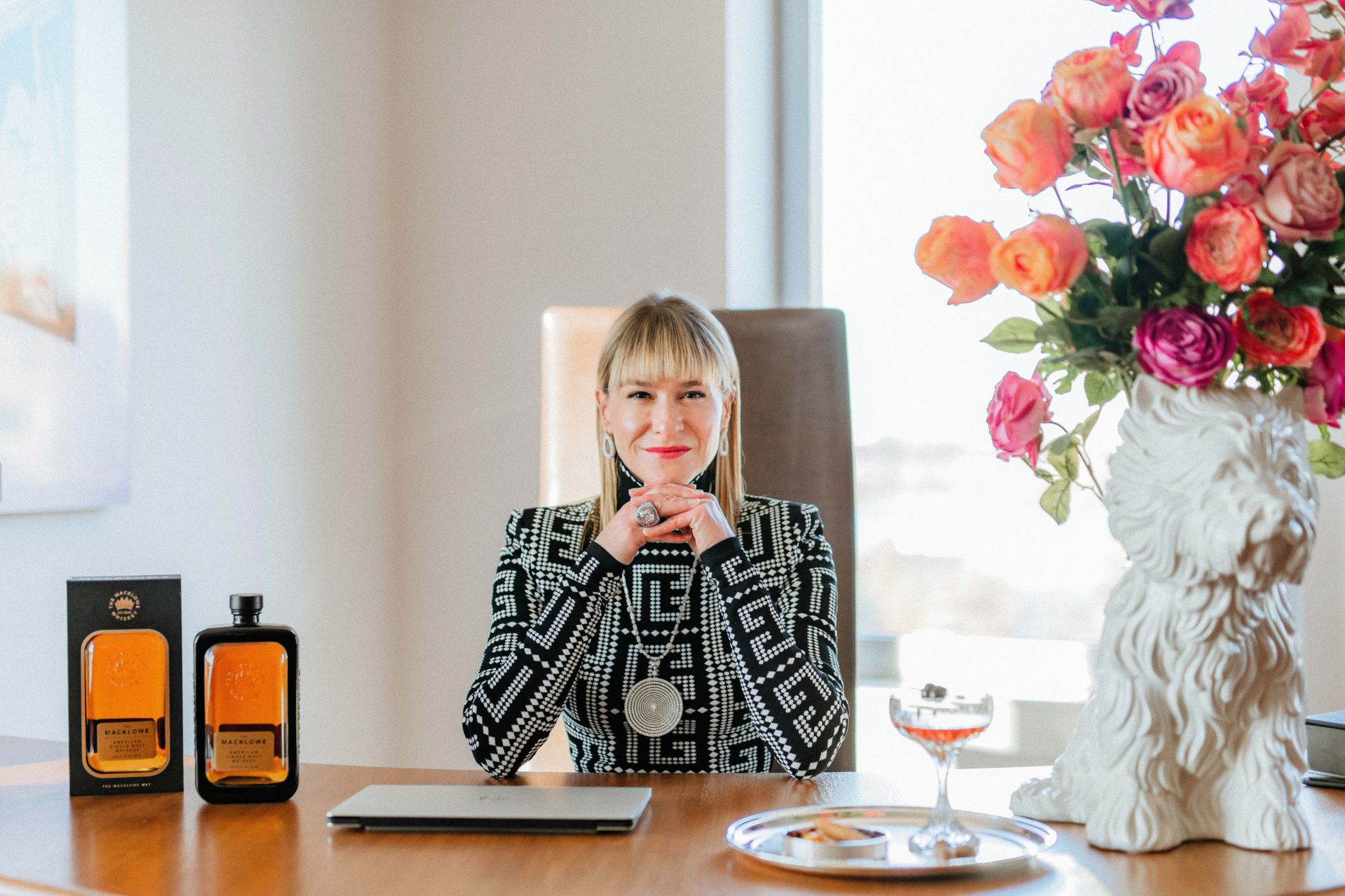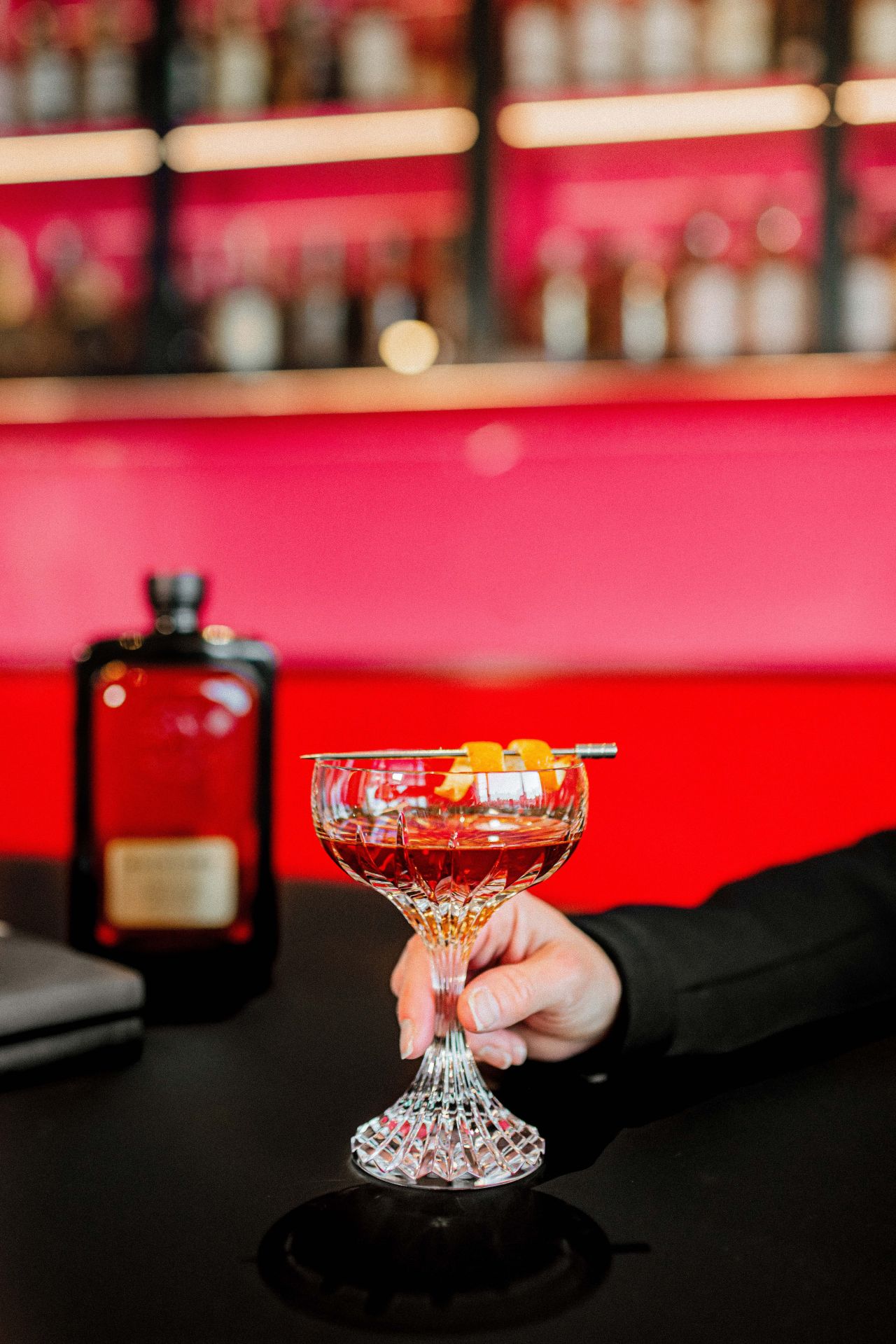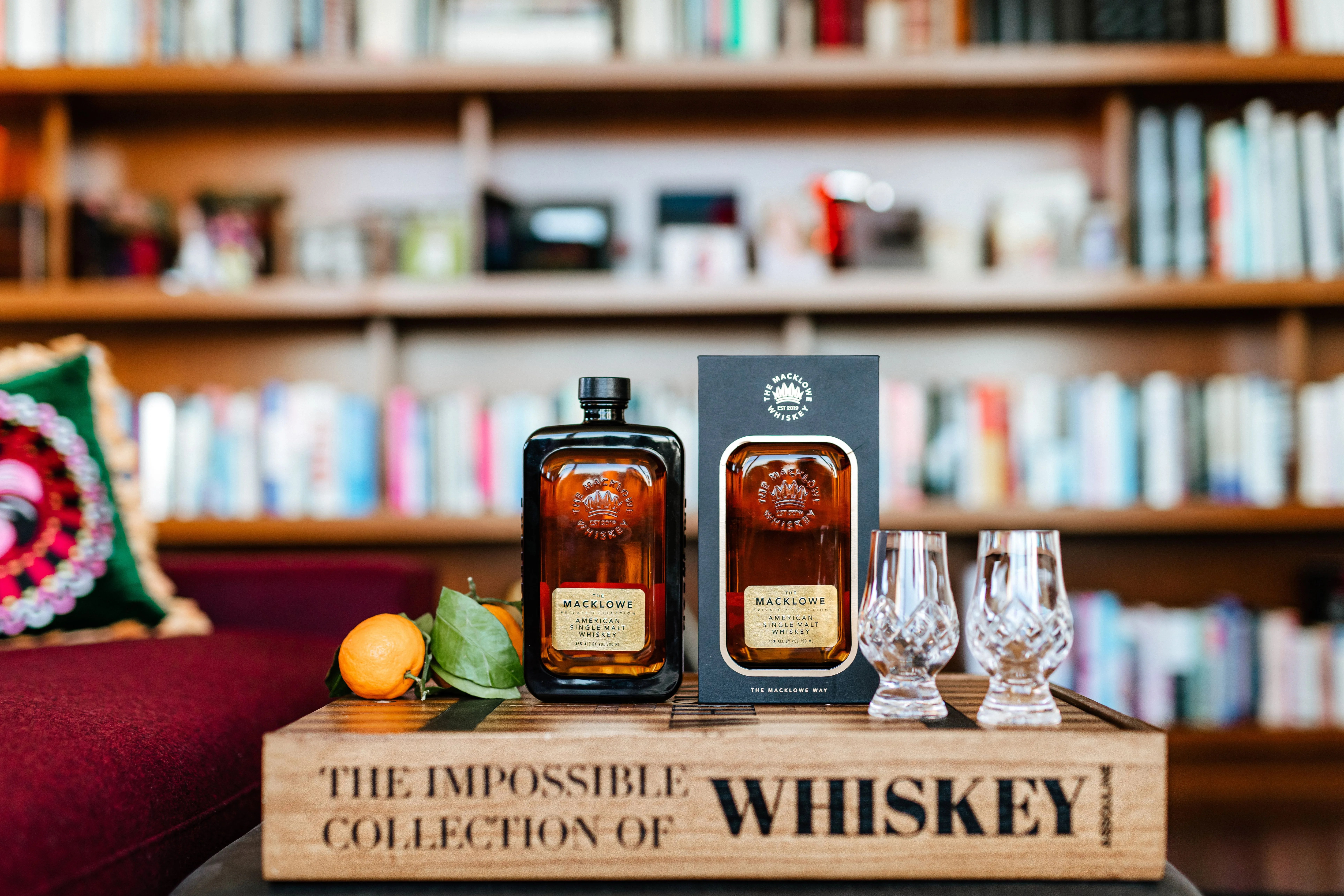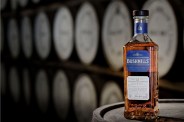Late last year, the first luxury American single malt hit the market. The Macklowe debuted with a 7-year-old whiskey from an unnamed Kentucky distillery, aged in new charred oak and bottled at 46 percent ABV in a visually arresting square-shouldered package. As a single cask product, there were fewer than 250 bottles available, and nearly all were sold to high-end restaurants and bars in Manhattan. The suggested retail price: $1,500.
Four figures pre-secondary is a stretch for any American whiskey, but The Macklowe specifically pegged itself as “luxury,” a term that is generally understood to merit a high price tag. “We want it to be the Ferrari of single malts,” company founder Julie Macklowe told me shortly after the launch, calling The Macklowe’s potential customer base a “who’s who” of the monied classes. There are luxury cars, luxury watches, luxury couture — and there’s luxury whiskey.
 Avistoria
Avistoria Avistoria
AvistoriaBut what makes a whiskey “luxury,” other than its price tag? It could be that the liquid is extremely old, and by extension rare. Maybe it’s from a closed distillery, or it was made from a difficult-to-grow grain, or it features some other production choice that made it more expensive and challenging to distill and age. Almost always, luxury whiskey is packaged in a bottle or decanter that costs hundreds or even thousands of dollars to make; it might come with a fancy box, a book, and other add-ons. And, presumably, a luxury whiskey tastes really, really good.
“When I think luxury brand, you’re almost talking more of a lifestyle thing,” says Ryan Maloney, owner of whiskey mecca Julio’s Liquors in Westborough, Massachusetts. He points to scotches like The Macallan and Glenmorangie as having cultivated a luxury lifestyle ethos, one that extends even to their lower-priced expressions, through their heritage and craftsmanship.
“A luxury brand has to have pedigree,” he points out, adding that “there’s a difference between luxury and scarcity.”



